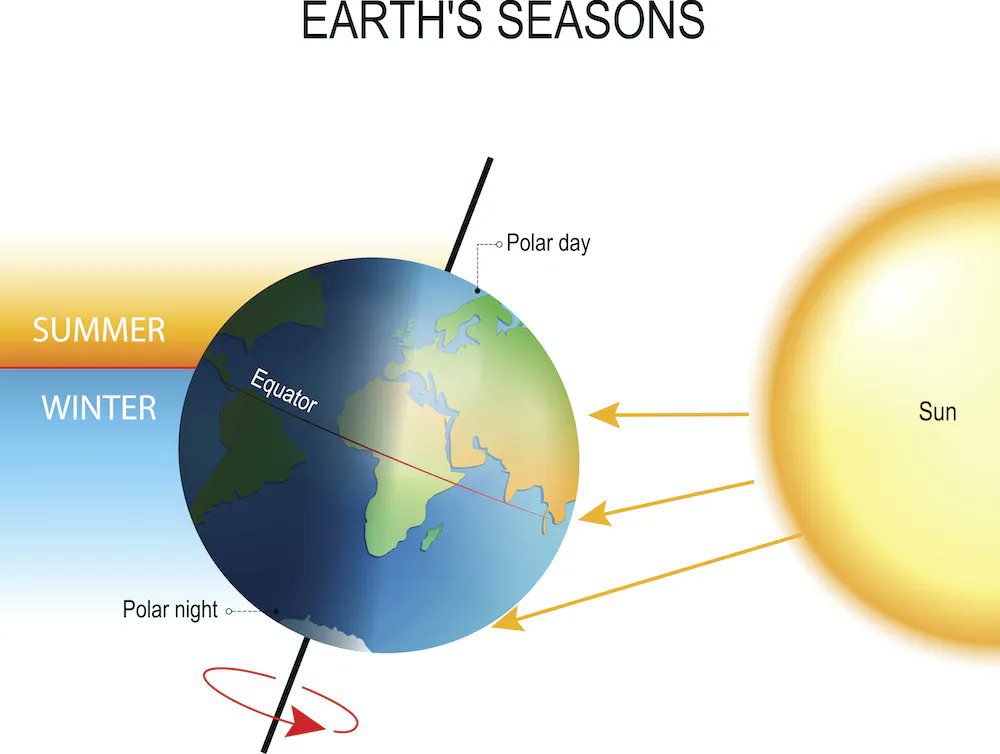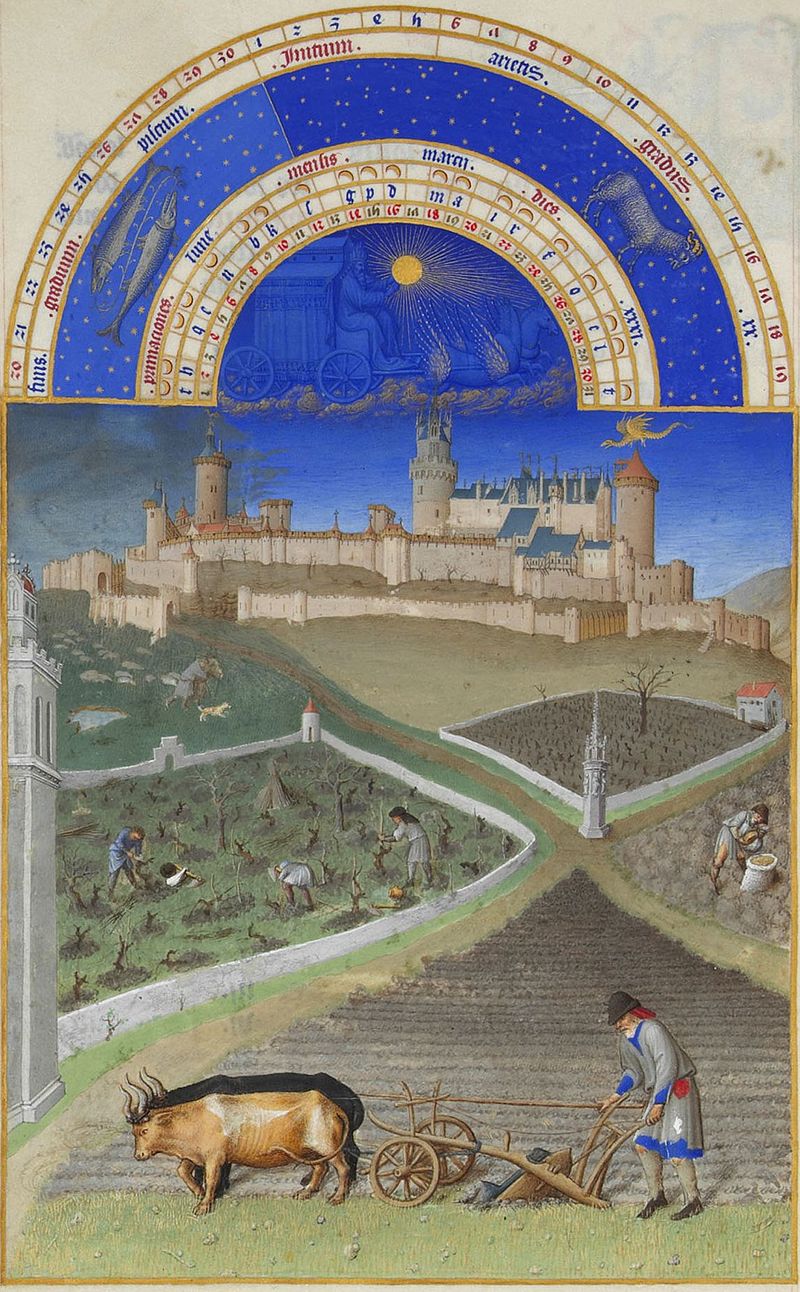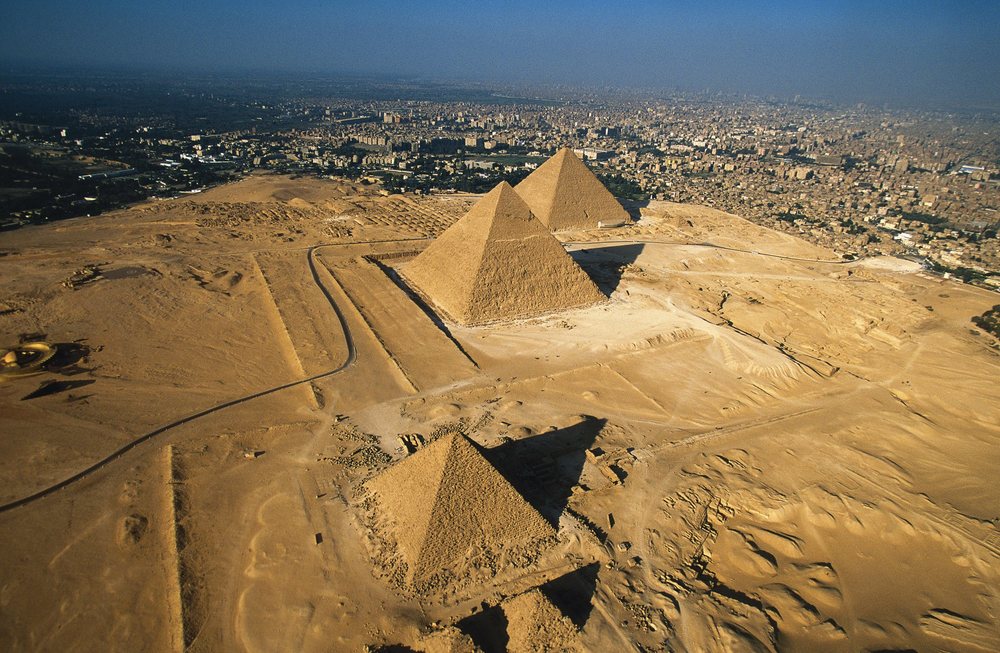Today is the spring equinox, but what actually is an equinox?
It's one of only two times in the year when day and night are (almost) exactly equal all over the world...

Today is the spring equinox, but what actually is an equinox?
It's one of only two times in the year when day and night are (almost) exactly equal all over the world...

The Earth's axis is tilted.
That means, as it orbits the sun, the amount of sunlight received by each part of the world varies throughout the year.
This is where seasons come from. Winter is when that part of the world is tilted furthest from the sun; Summer when it's closest.

But, during the Earth's orbit, there are two moments when its tilt is aligned perpendicularly with the sun.
One is in March and the other in September, six months apart. These are the two equinoxes.
Day and night are (almost) exactly 12 hours on the equinox, all over the world.

If the Earth wasn't titled on its axis then the amount of light on any given day would be fixed all throughout the year, and the equinox is what every day would be like if that was the case.
There might still be seasons, but not as we know them.
In the Northern Hemisphere the March equinox means the end of Winter and the beginning of Spring: thereafter it is tilted closer to the sun, bringing more light and warmer weather.
In the Southern Hemisphere it's the opposite: the March equinox means the end of Summer.

The opposite of the equinox is the solstice.
They come between the equinoxes, when the sun is either furthest away or closest. One is in June and the other in December.
The Summer Solstice is the longest day of the year; the Winter Solstice the shortest.

For a visual representation of all this you can just look at an "analemma" - the shape you get if you take a photo of the sun at the same time every day throughout the year.
The solstices are at the top and bottom, and the equinoxes are somewhere toward the middle.

Or, for a more dramatic rendition, here's a timelapse photograph taken over the course of six months.
The highest part is the sun's course during Summer and the lowest during Winter.

Seasons aren't quite as important as they once were. When most people lived on the land, whether farming crops, rearing animals, or otherwise, the passing of the seasons was vitally important.
It's even true for animals - why do bears hibernate during winter?

The Spring equinox didn't just mean warmer weather and more walks outdoors.
It meant Winter had been survived, that time for planting certain crops had arrived, that your resources had lasted the cold months, and that quality of life would improve again.

That's partially why so many of the world's oldest civilisations built great temples and other structures in relation to the sun and the stars, like Stonehenge.
The different points of the year were of such importance that they also became religiously significant.

The Pyramids at Giza are perfectly aligned with the four points of the compass. How?
On the day of the equinox the sun rises precisely in the east (or west, depending on which hemisphere you're in).
That may have been how they calculated its orientation with such precision.

So that's the equinox, once one of the most important days in the calendar.
It comes around twice a year, marking the change from one season to another. Winter to Spring if you're in the Northern Hemisphere and Summer to Autumn if you're in the Southern Hemisphere.